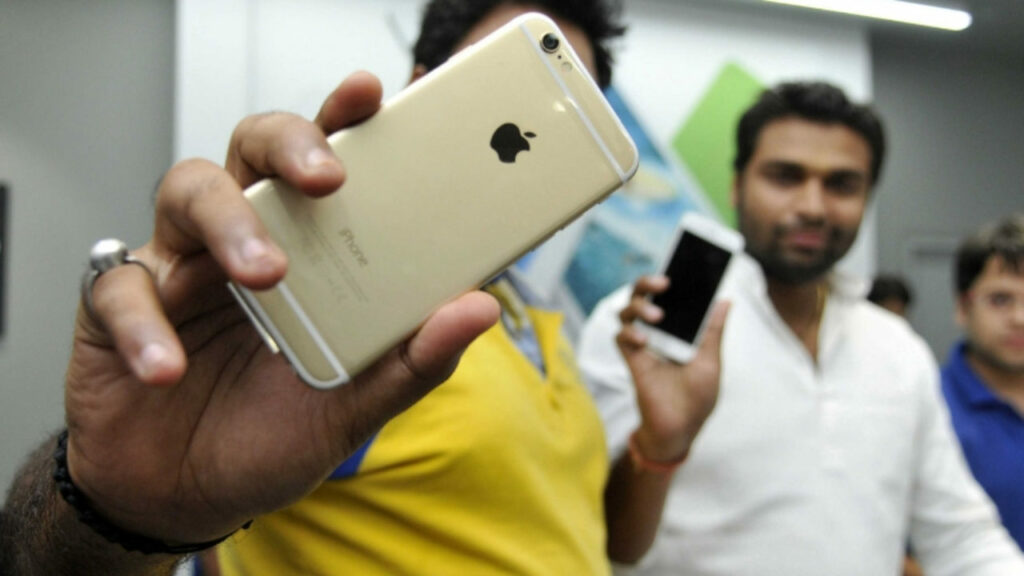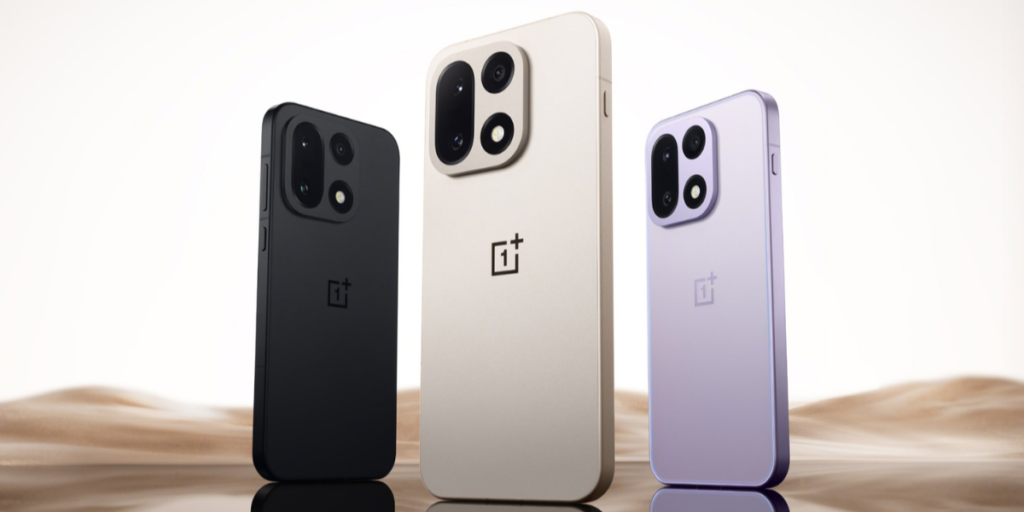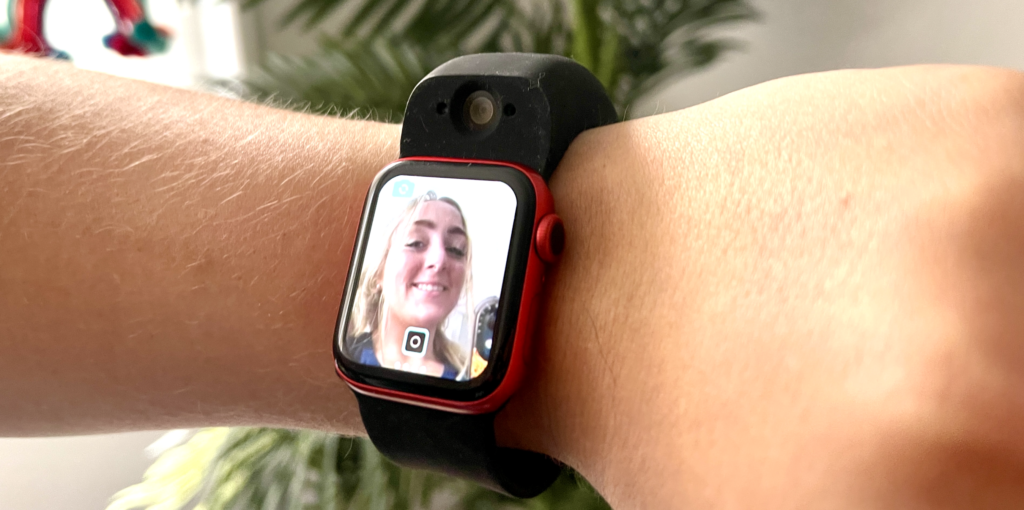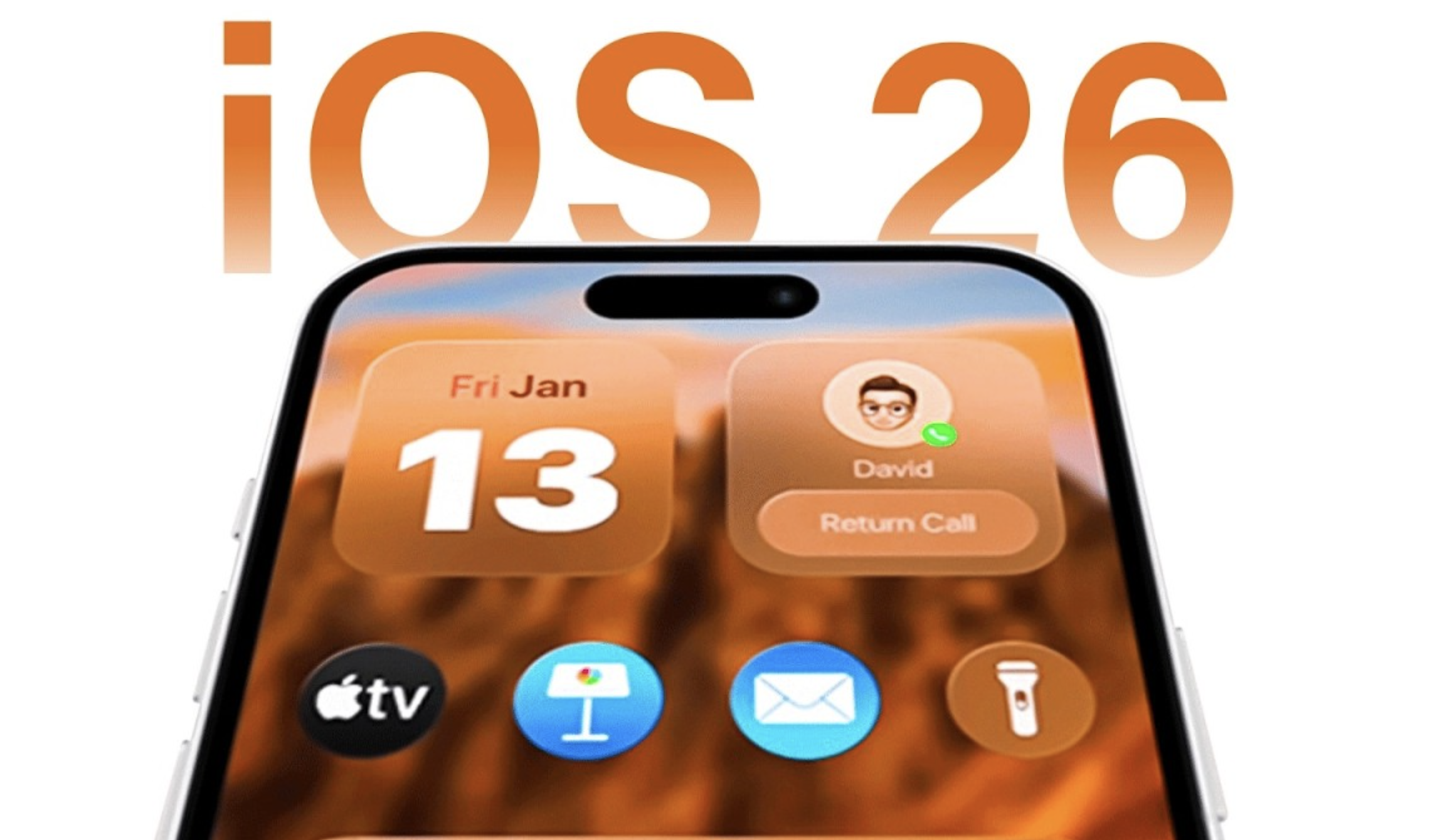In a significant move towards sustainability and consumer convenience, tech giant Apple has announced a groundbreaking update to its self-repair process. Starting this fall, select iPhone models will be eligible for repair using used genuine parts, marking a departure from the previous requirement of solely using new components.

This shift in policy addresses a long-standing concern among iPhone users and repair professionals alike.
Addressing Compatibility Issues
Previously, Apple’s stringent parts pairing process mandated that any replacement part had to match the serial number of the device. This led to compatibility issues and intrusive notifications if aftermarket or used components were used. Particularly vital functions like Face ID and Touch ID could be compromised with non-Apple parts. However, with the forthcoming update, Apple assures users that calibration for genuine parts, whether new or used, will occur on the device post-installation. This simplification of the repair process not only eliminates the hassle of serial number matching but also enhances accessibility to genuine parts for both users and third-party repair shops.
Expanded Repair Support
Initially, the new policy will encompass repairs related to displays, batteries, and cameras. This means that users experiencing issues with their iPhone’s display, battery, or camera components can now opt for repair using used genuine parts. Moreover, Apple plans to extend support to biometric sensors like Face ID and Touch ID in future iPhone releases. By opening repairs to used genuine parts, Apple aims to provide more choices and convenience to customers while prolonging the lifespan of its products and components.
Benefits for iPhone Users
The introduction of used genuine parts for iPhone repairs brings several benefits for users. Firstly, it offers a more sustainable approach to repair by reducing electronic waste. By reusing components, Apple contributes to environmental conservation efforts and promotes a circular economy model within the tech industry. Secondly, the availability of used genuine parts enhances repair accessibility and affordability. Users no longer need to rely solely on expensive new components for repairs, making the repair process more accessible to a broader range of consumers. Thirdly, the assurance of calibration for used genuine parts ensures that repaired devices maintain optimal performance and functionality. Users can trust that their repaired iPhones will continue to operate reliably, with essential features like Face ID and Touch ID functioning as intended.














